Sea Otter Facts
- The Sea Otter is a marine mammal native to various coastlines of the northern Pacific Ocean. Adults may weigh as much as 100 lb (45 kg) which makes the Sea Otter the heaviest known members of the weasel family.
- They remain capable of walking on land but spend virtually all of their time in the water. Unlike most marine mammals, their main means of protection from the cold constitutes a dense layer of fur, rather than layers of insulating fat. In fact, their fur remains the densest in the known animal kingdom.
- This animal hunts alone, but often groups together to rest.
Related Articles
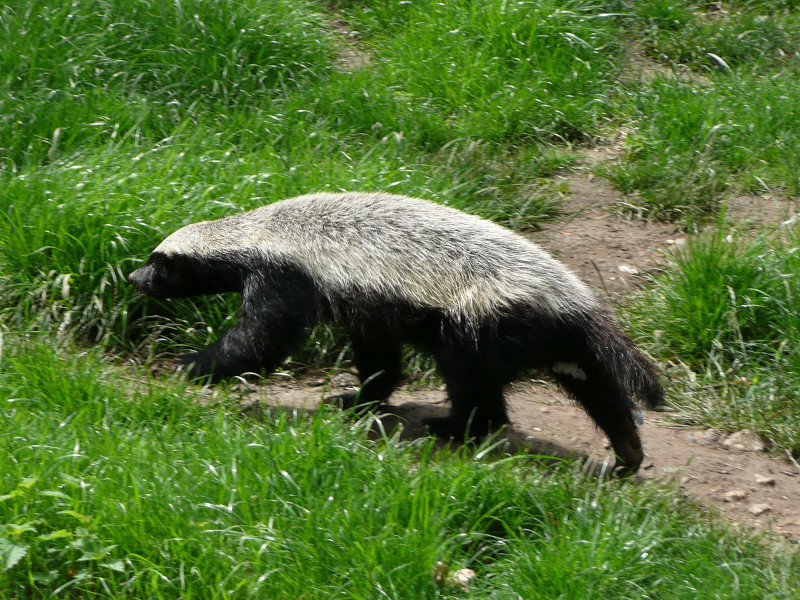
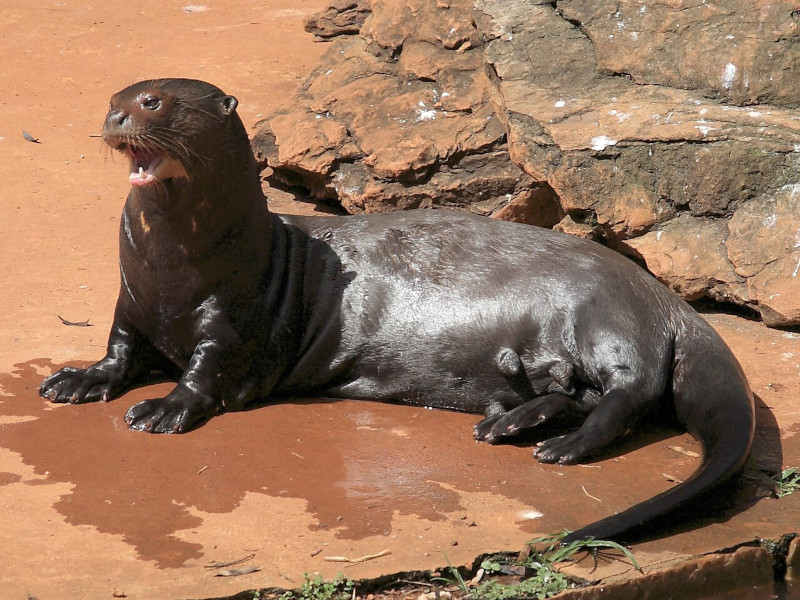
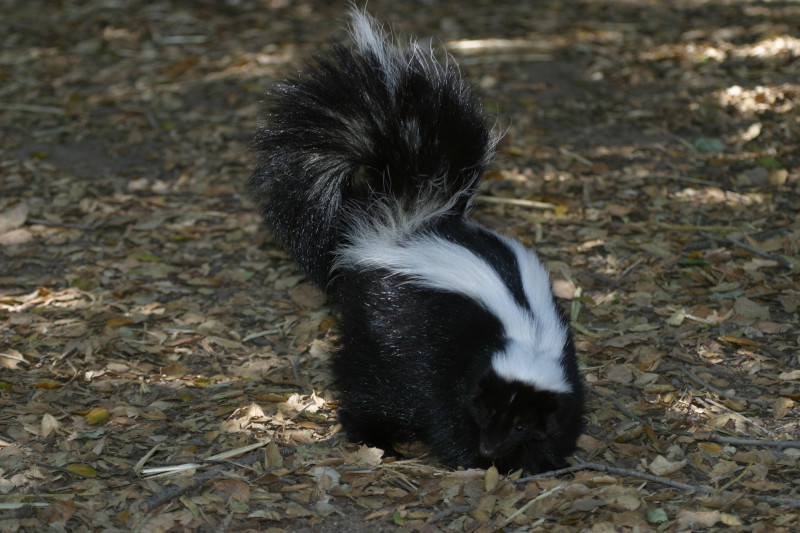
Sea Otter Physical Description
The Sea Otter ranks as one of the smallest species of marine mammals. However, it also represents the heaviest known type of mustelid.
The species displays a small degree of sexual dimorphism, with males being larger than females. Adult males average about 75 lb (34 kg) but sometimes weigh as much as 99 lb (45 kg). Females average about 60 lb (24 kg) in weight. Males occasionally reach 5 ft (1.5 m) in length while females – 4.5 ft (1.4 m).
The fur of the Sea Otter develops truly extraordinarily dense and averages roughly 1 million strands per sq. in (150,000 per sq cm).
- Kingdom: Animalia
- Phylum: Chordata
- Class: Mammalia
- Order: Carnivora
- Family: Mustelidae
- Genus: Enhydra
- Species: E. lutris
Sea Otter Diet and Behavior
The Sea Otter feeds primarily on invertebrates such as sea urchins.
They form a true keystone species within the areas they inhabit. By the early 20th century they had been hunted to the brink of extinction, but have subsequently rebounded. Yet, the IUCN still lists them as an endangered species.
This mammal is also extremely intelligent and resourceful. For example, it could use rocks as tools to dislodge and open the shells of their prey.
They are also well known for their tendency to sleep on their backs in the water while holding hands with another Sea Otter – so neither drifts away.
Species Sharing Its Range
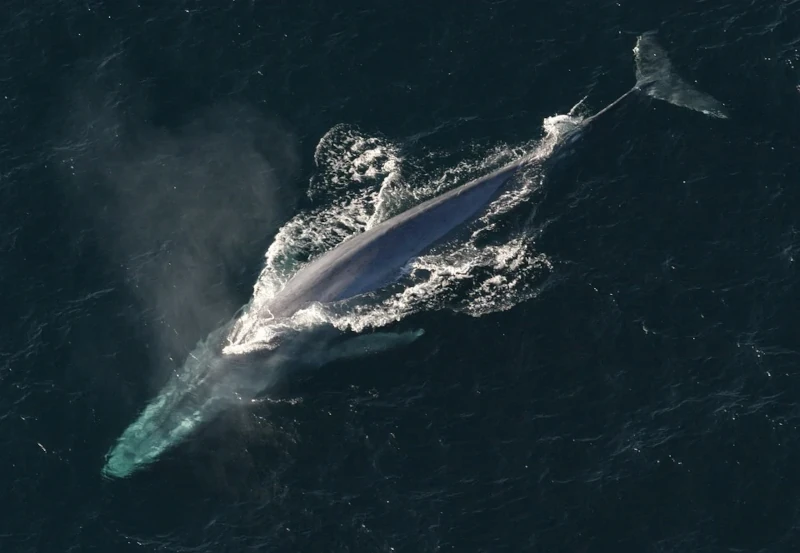
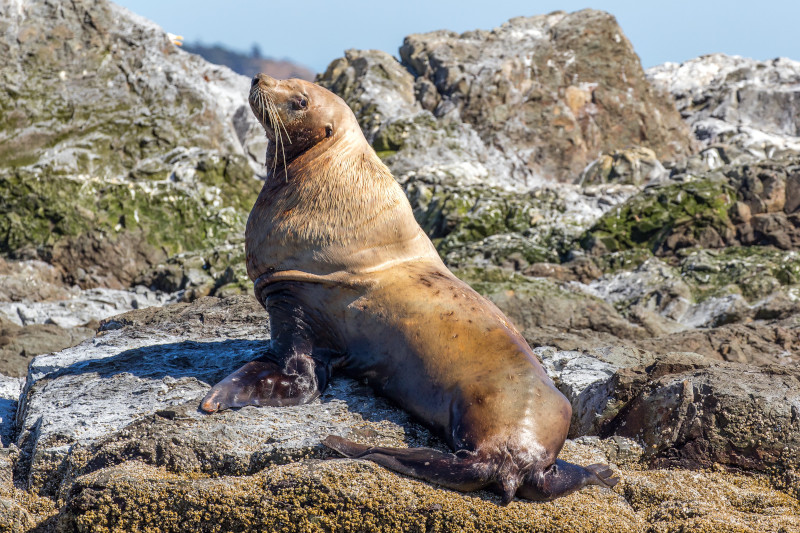
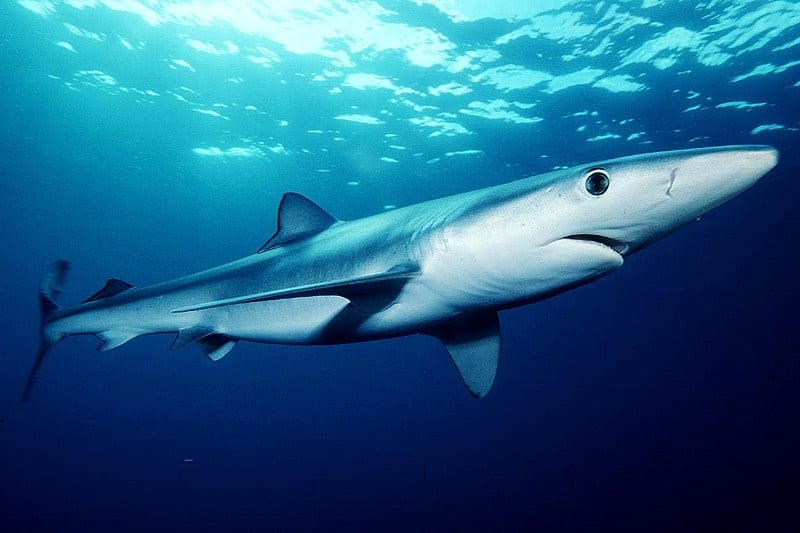
Check out our articles on 3 Wonderful Woody Shrubs of Australia, Eurasian Red Squirrel, Onyx River, Red Trillium, Red Rock Crab, Vietnamese Mossy Frog, Great Barracuda, Giant Girdled Lizard
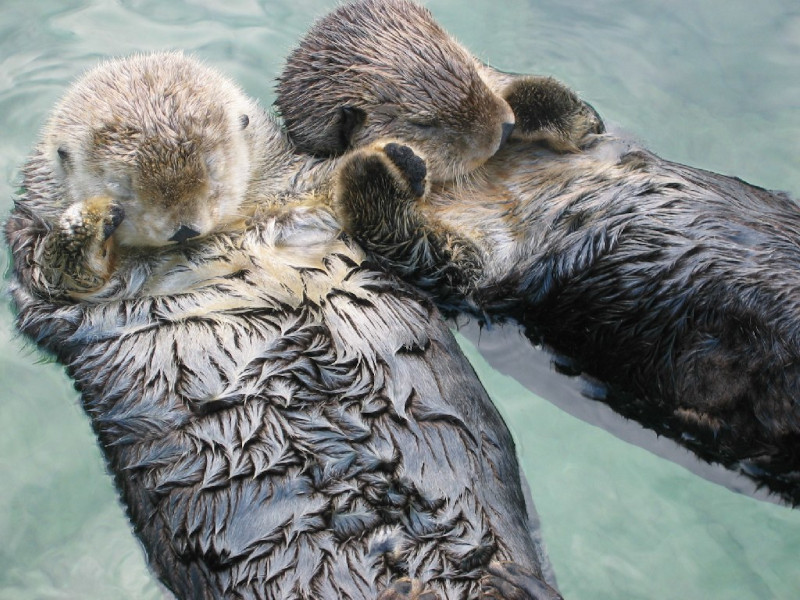
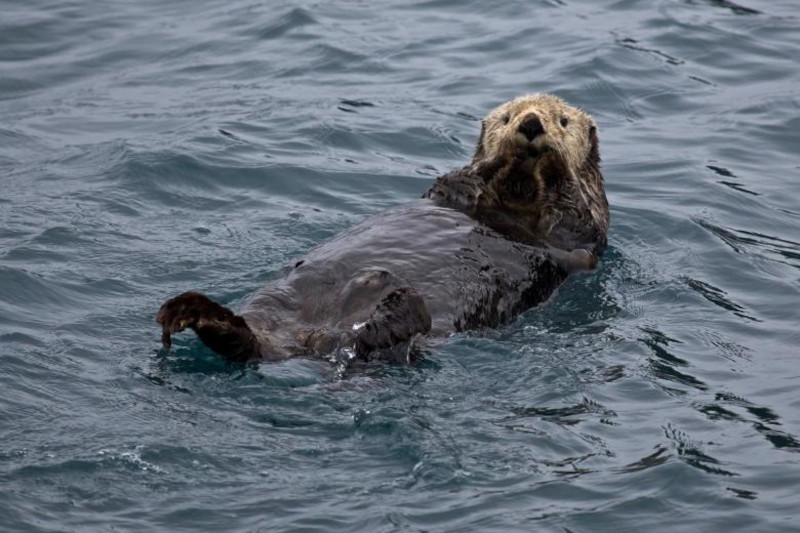
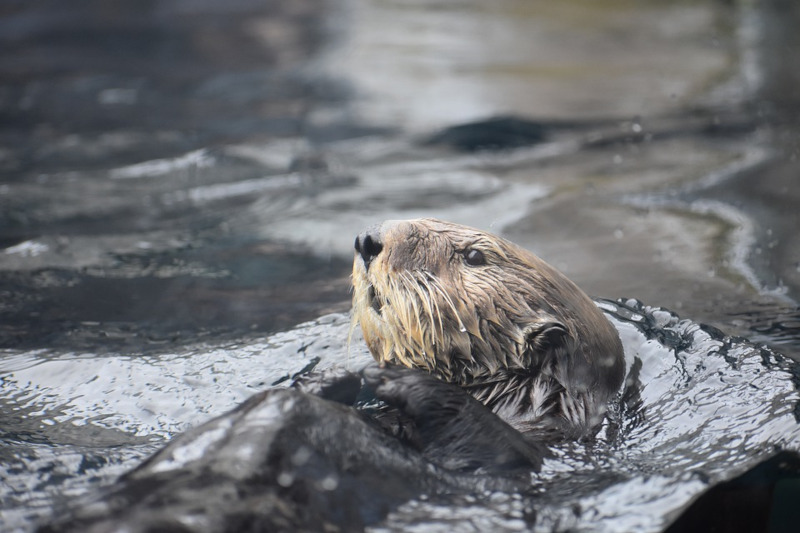









Leave a Reply